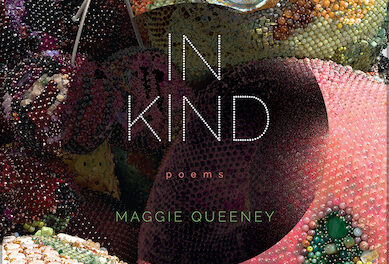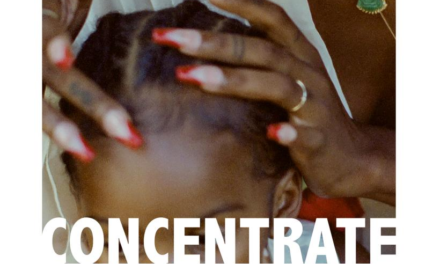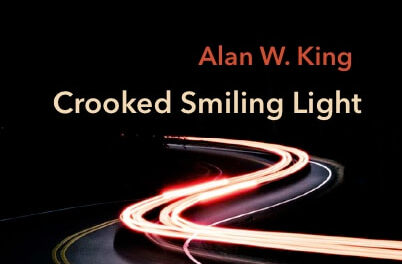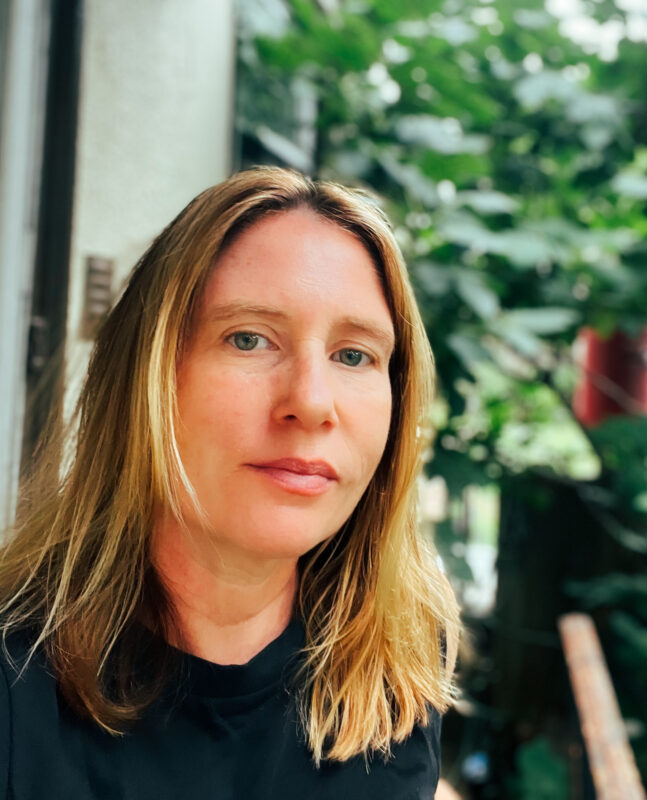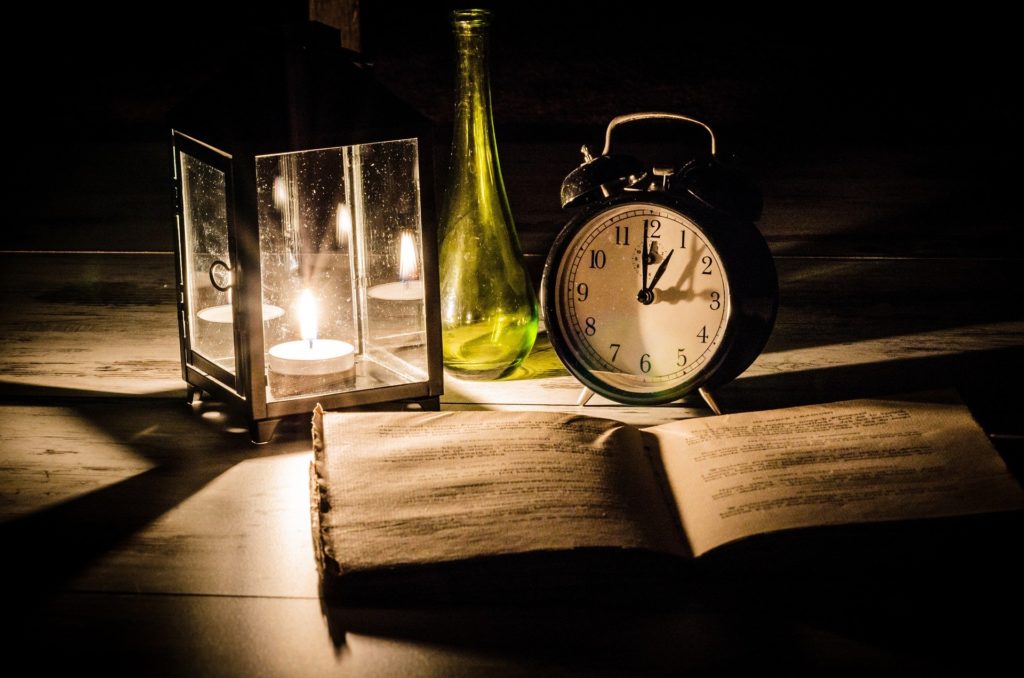
Assistant Editor Sakinah Hofler: A few weeks ago when we still worked in an office but were acutely aware our world was rapidly shifting and the university would be shutting down for a while, Assistant Editor Madeleine (Maddy) Wattenberg and I talked about what we were reading during these times. Maddy was focused on reading and prepping for her preliminary exams. I’d just finished my exams, yet I was having trouble diving back into writing. I thought I would read all the books not on my exams that I’d purchased in the past year, eventually start writing again, and make the best use of my newfound free time.
I lied to myself.
Instead, I obsessively read the news, refreshed CNN for updates, worried, lounged in my pajamas, sanitized. When I did read, I found myself drawn even more to books I had read from one of my favorite genres: post-apocalyptic fiction. I read Blindness by José Saramago and its so-so sequel, Seeing. I’m currently reading Octavia Butler’s Parable of the Sower. As people I know started to get sick, I became even more obsessed with doom and gloom. I’ve watched Contagion twice. World War Z. Outbreak. Interstellar. Worried about my obsession with destruction, I reached out to Maddy, previous contributors, and writerly friends to see what they were (or were not) reading. (FYI, links at the bottom of this post . . . )
Some have been avoiding Doom and Gloom. Dorothy Chan (Revenge of the Asian Woman, Diode Editions, 2019) has been rereading the books she loves: “I’ve always had a deep fondness for my mentor Alice Fulton’s first book, Dance Script With Electric Ballerina. I need some feminine goodness in my life right now, and I’ve always been obsessed with these lines from Fulton’s ‘Second Sight’: ‘After we kissed / I wore my mouth like a neon bowtie for days, even / pleased with Times Square’s holiday displays.’” Dorothy has also been immersing herself in the works of June Jordan, Natasha Trethewey, and Rosebud Ben-Oni.
Marianne Chan (whose debut poetry collection All Heathens is out now from Sarabande!) has been drawn to a mixture of works: R. Zamora Linmark’s coming-of-age novel Rolling the R’s, Jessica Q. Stark’s debut poetry collection, Savage Pageant, Clancy McGilligan’s dystopian novella History of an Executioner, and short stories from Birds of America by Lorrie Moore. “I read these stories,” Marianne says, “when I’m feeling a little down or need a burst of inspiration.” For her, Moore’s writing is “caffeine.”
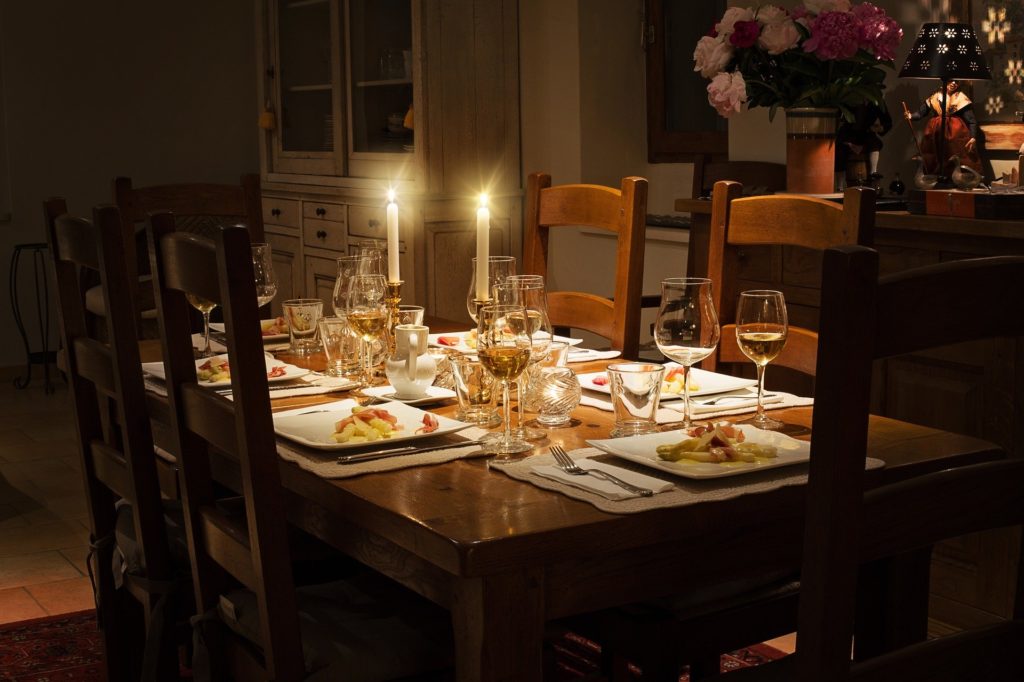
Usma Malik, a Manchester-based writer and professor, is equally obsessed with a variety of works: What Is Not Yours Is Not Yours by Helen Oyeyemi, Lydia Davis’s essays, The Lost Children’s Archive by Valeria Luiselli, The Five: The Untold Lives of the Women Killed by Jack the Ripper by Hallie Rubenhold. What she enjoys most, what she calls “comfort reading,” are cookbooks: Claudia Roden’s A Book of Middle Eastern Food, Julia Child’s Mastering the Art of French Cooking, and Nigella Lawson’s How to Eat and How to Be a Domestic Goddess: Baking and the Art of Comfort Cooking. For her, the ultimate cookbook is The Reader’s Digest 1973 The Cookery Year. (Honestly, talking with her has inspired me to trade in my Trader Joe’s frozen meals and be more innovative in the kitchen.)
Others, I’ve found, look for something in between. Columbus-based Latifa Ayad, who has been purposefully avoiding “pandemic reading” (she tried to read Stephen King’s The Stand and couldn’t finish), finds herself drawn to horror. “Anxiety,” Latifa says, “is fear gone wrong—it’s fear without a specific and concrete stimulus. With fear, we can choose fight or flight, and when the stimulus is removed, fear decreases . . .[O]ur anxiety [though] simmers and simmers—we are afraid, but with no immediate threat, we cannot spring into action. I think that’s why I’m drawn to horror—I need to let myself be afraid.” She has been reading Shirley Jackson’s The Haunting of Hill House and We Have Always Lived in the Castle, books, she notes, that also deal with isolation. She has also picked up tarot-card reading.
Although Kenyon Review Fellow Misha Rai has found escape in Hilary Mantel’s The Mirror and the Light, she has also been drawn to hauntings and isolation, going back and forth between Franz Kafka’s The Trial and Ling Ma’s pandemic book, Severance. “As the world outside takes on a haunted look and people are forced to stay inside,” Misha says, “I find myself obsessed by shapes and figures I see in windows—such a look of longing on their faces.”
So, I discovered I wasn’t alone in my apocalyptic consumption. Usma watched Contagion, noting that “it felt like I was watching a documentary rather than fiction.” Maddy, who has been reading ecopoetics for her upcoming exams, has read books such as Frederick Buell’s From Apocalypse to Way of Life, Brenda Hillman’s Extra Hidden Life, among the Days, and Ed Roberson’s To See the Earth before the End of the World. She says, “I’m immersed in work that takes on at least part of its project an examination of what it means to live amid an ongoing number of apocalypses.”
Laura Roque, a writer and PhD student based out of USC, shares my love of Octavia Butler’s apocalyptic Parable of the Sower. In our discussion, she talked about her family in Cuba and noted how empty grocery stores, crazy lines, and a lack of resources is an “everyday thing” there. In a sobering way, Laura reminded me that our current “apocalypse” is a reality for so many people.
Maddy echoes that sentiment. After quoting Roberson’s line, “the world / is mortality, the earth goes beyond us,” she says: “though all our bodies are susceptible, all linked via porosity, the viral pandemic is not a great equalizer; rather, it has heightened many existing disparities.”
Whether you’re interested in reading something that speaks to the current mood, you need escape, or you’re looking to throw down in the kitchen, here’s a complete list of mentioned books and/or authors below:
For Those in the Current Mood
Severance by Ling Ma (Farrar, Straus, and Giroux, 2018)
From Apocalypse to the Way of Life: Environmental Crisis in the American Century by Frederick Buell (Routledge, 2003)
Extra Hidden Life, among the Days by Brenda Hillman (Wesleyan, 2010)
To See the Earth before the End of the World by Ed Roberson (Wesleyan, 2010)
The Stand by Stephen King (Penguin, 2012)
Parable of the Sower by Octavia Butler (Penguin, 2017)
Blindness by José Saramgo (HMH, 1999)
Seeing by José Saramago (HMH, 2006)
For Those Who Need Escape
History of an Executioner by Clancy McGilligan (Miami University Press, 2020)
All Heathens by Marianne Chan (Sarabande Books, 2020)
Revenge of the Asian Woman by Dorothy Chan (Diode Editions, 2019)
The Mirror and the Light by Hilary Mantel (Henry Holt and Co., 2020)
The Trial by Franz Kafka (Penguin, 1999)
Dance Script with Electric Ballerina by Alice Fulton (University of Illinois Press, 1996)
June Jordan
Natasha Trethewey
Rosebud Ben-Oni
The Haunting of Hill House by Shirley Jackson (Penguin, 2013)
We Have Always Lived in the Castle by Shirley Jackson (Penguin, 2006)
Erzulie’s Skirt by Ana-Maurine Lara (Redbone Press, 2006)
Maps and Transcripts of the Ordinary World by Kathryn Cowles (Milkweed Editions, 2020)
Rolling the R’s by R. Zamora Linmark (Kaya Press, 1997)
Savage Pageant by Jessica Q. Stark (Birds, LLC, 2020)
Birds of America by Lorrie Moore (Penguin, 2010)
What Is Not Yours Is Not Yours by Helen Oyeyemi (Penguin, 2017)
Essays One by Lydia Davis (Penguin, 2019)
The Lost Children’s Archive by Valerie Luiselli (Penguin, 2019)
For Those Who are Hungry and/or Interested in Tarot
A Book of Middle Eastern Food by Claudia Roden (Penguin, 2000)
Mastering the Art of French Cooking by Julia Child (Penguin, 2001)
How to Eat by Nigella Lawson (Penguin, 2018)
How to Be a Domestic Goddess: Baking and the Art of Comfort Cooking by Nigella Lawson (Penguin, 2014)
1973 Reader’s Digest The Cookery Year
Llewellyn’s Complete Book of Tarot: A Comprehensive Guide by Anthony Louis (Llewellyn, 2018)




